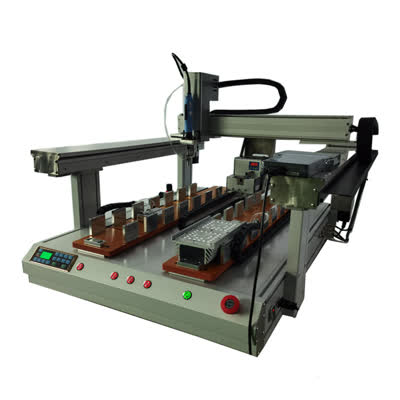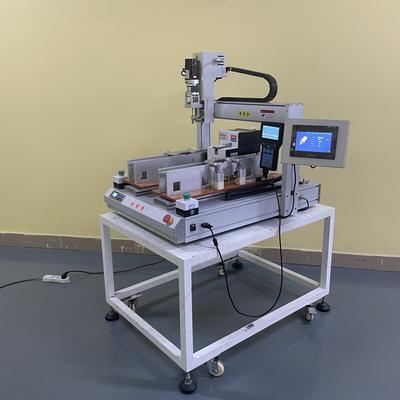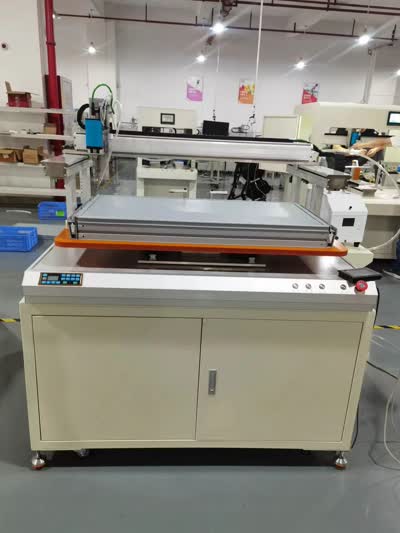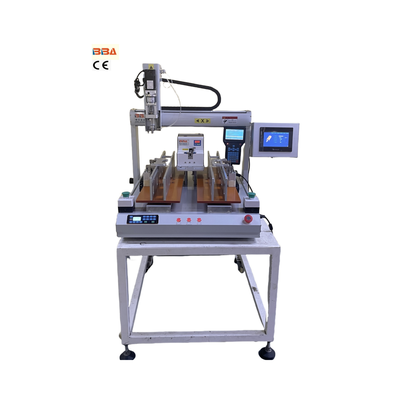Automatic Screw Feeding Systems | Industrial Automation Solutions
Introduction to Automatic Screw Feeding Technology
In modern industrial automation, efficiency and precision are paramount. One technology that has significantly contributed to enhancing both factors in assembly processes is automatic screw feeding. This innovative system streamlines the traditionally labor-intensive and error-prone task of screw placement and fastening, offering manufacturers a reliable solution for high-volume production environments.
How Automatic Screw Feeding Systems Work
Automatic screw feeding systems are designed to handle, orient, and deliver screws accurately to the desired location without manual intervention. The process typically begins with a bulk supply of screws loaded into a vibratory or centrifugal bowl feeder. This feeder uses controlled vibrations or rotational motion to align the screws correctly based on their specific design and orientation requirements.
Once oriented, the screws are transported through a track or tube system to the driving tool, which can be a pneumatic, electric, or servo-driven screwdriver. Advanced sensors are integrated at various points to verify the correct positioning and presence of the screw, ensuring that only properly aligned screws are presented for driving. This minimizes the risk of jams, cross-threading, or missed screws, which are common issues in manual operations.
Key Benefits of Automation
The adoption of automatic screw feeding technology brings numerous advantages to manufacturing and assembly lines:
- Increased Productivity: Automated systems can place and drive screws much faster than human operators, significantly reducing cycle times and increasing overall output.
- Improved Consistency and Quality: By eliminating human error, these systems ensure that every screw is driven with the correct torque and depth, enhancing product quality and reducing rework.
- Labor Cost Reduction: Automating repetitive screw driving tasks allows companies to reassign skilled workers to more value-added activities, optimizing workforce utilization.
- Enhanced Worker Safety: Reducing manual handling of small components minimizes the risk of repetitive strain injuries and improves ergonomics on the production floor.
- Flexibility and Scalability: Modern systems can be quickly reconfigured to handle different screw sizes and types, making them suitable for diverse production needs and easy to integrate into existing lines.
Applications Across Industries
Automatic screw feeding technology is versatile and finds applications in numerous sectors. In electronics manufacturing, it is used for assembling devices such as smartphones, laptops, and appliances where precision and high-speed operation are critical. The automotive industry relies on these systems for interior trim assembly, engine components, and electronic control units. Additionally, industries like aerospace, medical device manufacturing, and consumer goods benefit from the reliability and accuracy offered by automated screw driving solutions.
Future Trends and Developments
The future of automatic screw feeding technology is closely tied to advancements in robotics and smart manufacturing. Integration with collaborative robots (cobots) allows for more flexible and adaptive assembly cells that can work alongside human operators. Furthermore, the adoption of IoT-enabled sensors and data analytics enables real-time monitoring of system performance, predictive maintenance, and continuous optimization of the feeding process. These innovations are paving the way for even higher efficiency, reduced downtime, and greater ROI for manufacturers investing in automation.
In conclusion, automatic screw feeding technology represents a critical advancement in industrial automation, offering tangible benefits in speed, quality, and operational cost. As manufacturing demands continue to evolve, embracing such technologies will be essential for companies aiming to maintain a competitive edge in the global market.

| Product Name | Applicable industries |
| Dual Head Screwdriver | PCB and Circuit Board Assembly |


